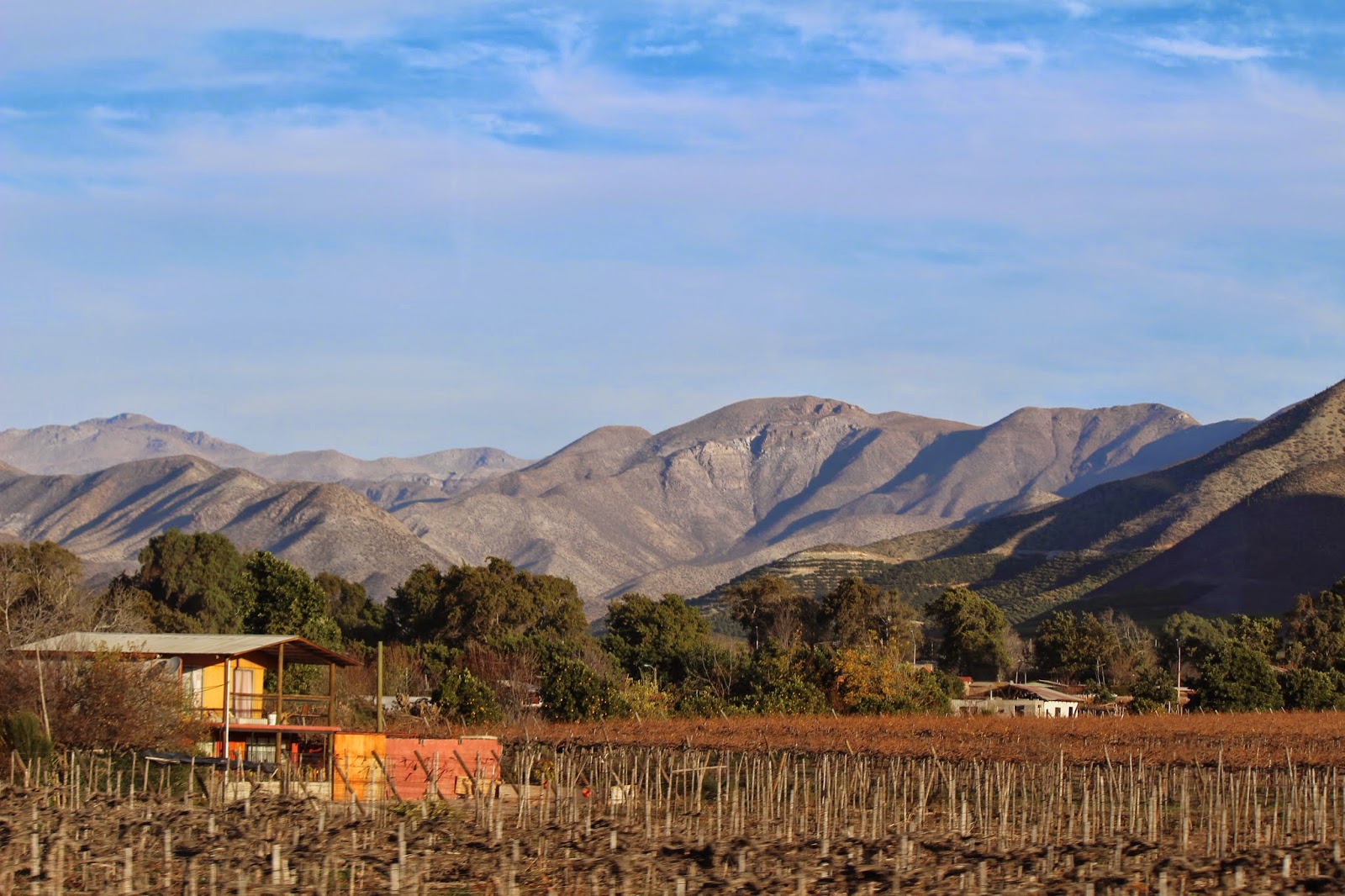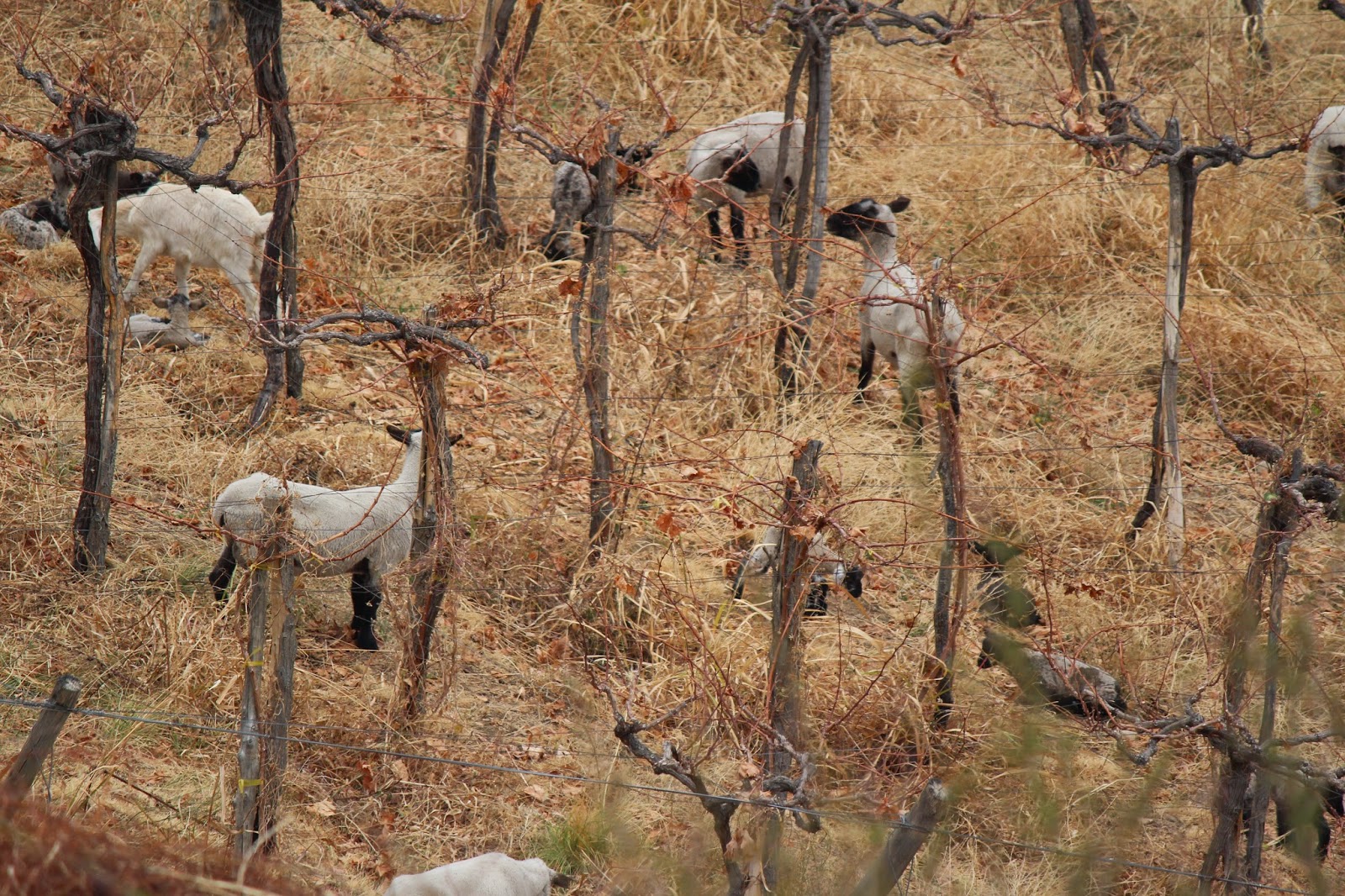Having been to San Pedro in the Atacama Desert once before, we were able to skip the hassles and take our visiting families straight to the good stuff.
We started off their trip with the Lagunas Altiplanicas. We'd been here when we came previously but as we now had a car, we were able to explore at our own (at the children's) pace.
Equipped with a new telephoto lens and some very quiet children, we sneaked close enough to the flamingos to scare them off and photograph them at the same time. What many people may be surprised to find out is that their pink color actually comes from what they are eating in this highly saline water. Zoos must feed the a well balanced diet in order to maintain their color in captivity.
After that we were off to the salt flats. Weird though right? No salt. We were here six months prior and there was a lot of salt! So where did it all go?! Well as it turns out, we had previously come in the "dry season". Evidently there's also a "rainy season" in the driest desert on earth...
As some of our crew started to run out of moisturizer and were seeking relief, we decided to head up to the Termas Puritamas. If you opt to take your own car instead of one of the many overpriced shuttle services, please ensure that you have: extra gas, an inflated spare tire, all of the tools required to replace said spare tire, tow hitches, straps to pull another vehicle, and another vehicle that you can use to pull you out of "sticky" situations.
Once you arrive you will find that the price is around $15,000CLP to get in but vale la pena. Coming in the "rainy season" we were almost the only people there.
A definite must while you are in San Pedro is a walk through all of the streets. With just a few hours you should be able to see all of the beautiful adobe buildings and peruse the offerings of all of the local vendors (lots of local artists as well).
An area so desolate that NASA used it to test rovers for use on Mars and the moon? Valle de la Luna.
It's hard to remember that the fields of fresh snow are actually fields of salt left behind from when this area was once under water.
If you have the option, try to time it so that you're there for the sunset. A few spots throughout the valley will provide you with some amazing views (ask the park officials for advice).




















































